Good evening dear virtual friends? I hope you had a great time on this sunny day.
These are some of the events that Serbia will remember forever, and the camera captured that very special moment.
In 1914, the assassination that provoked the war
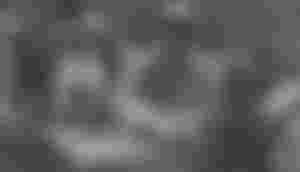
One of the photos that shook and hit not only Serbia but the whole world. This photo shows the moment when Gavrilo Princip kills the Austro-Hungarian heir to the throne Franz Ferdinand. After this event, the appearance of the globe changed completely. Austria-Hungary declared war on Serbia, and soon the great world powers joined. Then the First World War began.
1915/1916 Golgotha of the Albanian mountains
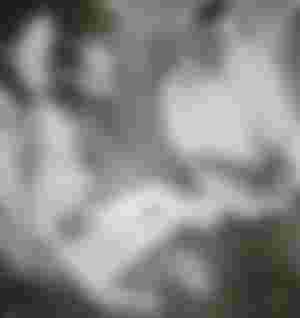
Of these horrible images of torture and suffering brought by the Great Work, for the Serbian people, the most horrifying are those in which the moments of Albanian glogota are immortalized. Albanian hawthorn is the crossing of the state leadership and the Serbian army over the Albanian and Montenegrin mountains in extremely harsh conditions. This event took more than 240,000 lives. Those who survived mostly looked like the soldier in the photo above this text.
In 1934, the assassination of the first king of the Kingdom of Yugoslavia
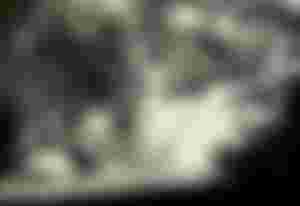
The event that stirred the entire Yugoslav public was the death of King Alexander I Karadjordjevic. He was killed in Marseilles in 1935 by Vlado Cernozemski, a member of the Internal Macedonian Revolutionary Organization. Somewhere this event was perceived as a heroic act and somewhere as an act of terrorism. What is certain is that it shook the whole of Serbia and caused significant changes in the coming period.
In 1941. a few days 440 bombs
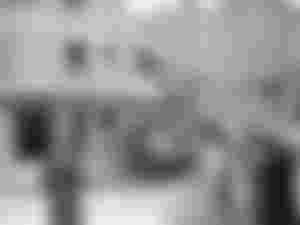
According to unofficial estimates, this is the number of bombs dropped on Belgrade in the first days of World War II. By the way, Belgrade is one of the most frequently destroyed European cities. Belgrade suffered the greatest demolition on April 6, 1941. At that time, German aviation bombed him with more than 350 planes, without any announcement, at 6:30 in the morning. Pictures of ruins, thick smoke and ashes are the only things that could be seen in Belgrade in those days.
A week of student riots

On the night between June 2 and 3, 1968, the famous student protests in Belgrade began. The wave of democratization that spread through Europe also swept Belgrade, and the photographs from that time show parts of the unprecedented rebellion of the students of the University of Belgrade. A decision was made on the general strike of the university, the interruption of lectures and exams, and student guards were organized. The demonstration was stopped after Tito addressed the students. Realizing that they had made the most of the whole event, they turned the party into a manifestation with songs.
funeral of Josip Brpza Tito.

This event gathered the largest number of statesmen and shook the whole of Yugoslavia, the region and, according to foreign media reports, the world. After Tito's death, the train with his body arrived in Belgrade. In front of the Yugoslav Parliament, people waited in line to pay their respects for 3 pm, and on May 7, over 200 foreign delegations bowed to his coffin. Tito was buried on May 8 in the House of Flowers in Dedinje.
"The storm"
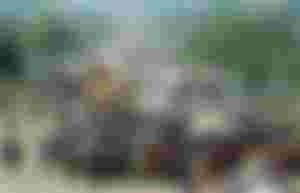
In the action of the Croatian army and police, with the tacit consent of the international community, in just a few days, more than 250,000 people were expelled from the centuries-old hearths. This operation is better known as "Storm", which took about 2,500 lives, 25,000 Serb houses and hundreds of other buildings. On this occasion, Serbs from northern Dalmatia, Lika, Banija and Kordun were expelled, as well as those from Serbian areas in the Republika Srpska. The endless columns of Serbian refugees are some of the saddest scenes that have deeply shaken Serbia.
"Merciful angel"

The terrible sound of sirens sounded on March 24, 1999, the beginning of the "Angel of Mercy" flight or the NATO bombing of the Federal Republic of Yugoslavia. During the 78-day bombing, about 30,000 air strikes were carried out, about 50,000 destructive missiles were fired and about 2,500 lives were lost.
October 5th
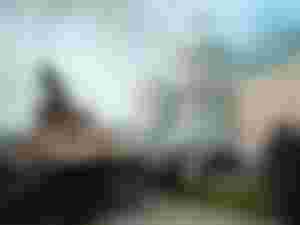
October 2000 was the day when mass demonstrations against Slobodan Milosevic's regime began.
Assassination of the Prime Minister of the Republic of Serbia

The shootings that took place on March 12 in front of the Government of Serbia shocked everyone. The picture of Zoran Djindjic's security trying to save his life visited and shook the whole of Serbia. After this event, a state of emergency was declared in Serbia and the famous "Saber" operation was launched, in which a hundred criminals were arrested.
March pogrom

The photographs of Serbian shrines in ruins are certainly one of the most moving in the history of Serbia. In the Albanian pogrom against Kosovo Serbs, 19 civilians were killed, 950 people were injured and 4,000 were expelled. More than 900 buildings were destroyed, of which 35 were Serbian churches and monasteries. Among them is the Church of Our Lady of Ljeviska in Prizren, which dates from the 13th century and is under UNESCO protection.
May floods
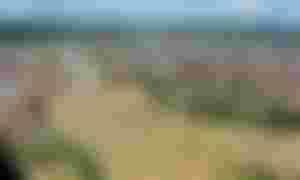
The floods that hit Serbia left horrific images of burned houses, destroyed things, crying people and frightened animals. What gave hope in moments of sorrow and despair were scenes of solidarity and help coming from many quarters. The floods were described as the worst natural disaster to ever hit Serbia, and the government declared three days of mourning.
These photographs told difficult stories, evoked the indescribable and proved that the picture really speaks more than 1000 words.
I wish you a pleasant rest of the evening. Greetings to all of you @Jigglyspy

If you haven't read my new articles here are links to them:
A man with a big heart / Covek velikog srca
Breastfeeding - good for the baby but also for mom / Dojenje - dobro za bebu ali i za mamu
Unleash your potential / Oslobodite svoj potencijal
Her Majesty Milena Dravic / Njeno velicanstvo Milena Dravic
Miraculous phenomena called sleep / Cudotvorne pojave zvane san
One of the greatest people to ever walk the earth
A British lady who loved Serbia / Britanska dama koja je volela Srbiju
A voice that is not forgotten / Glas koji se ne zaboravlja
Naughty tricksters / Nestasni foliranti
Nikola Tesla on women / Nikola Tesla o zenama
Football legend of Eastern Serbia / Fudbalska legenda Istocne Srbije
It's sleeping time ☺️ / Vreme je za spavanje ☺️
Be as humane as Serbia in 1885
Volunteer of the Serbian Red Cross / Volonter Crvenog krsta Srbije

...and you will also help the author collect more tips.
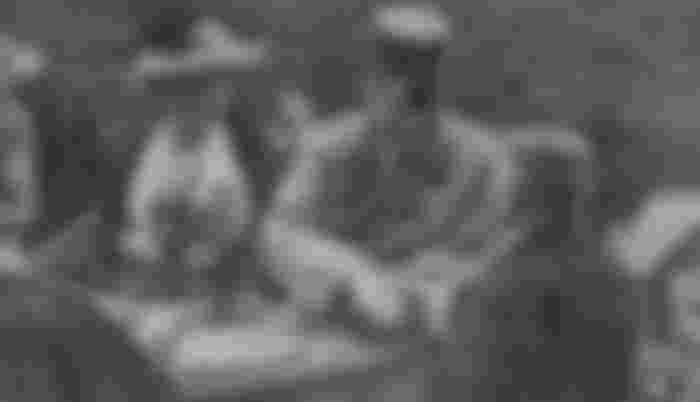
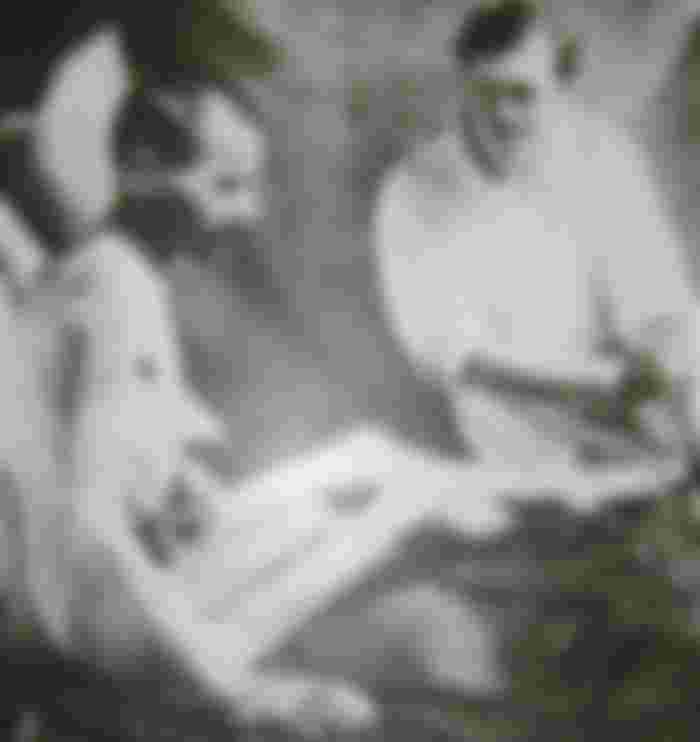
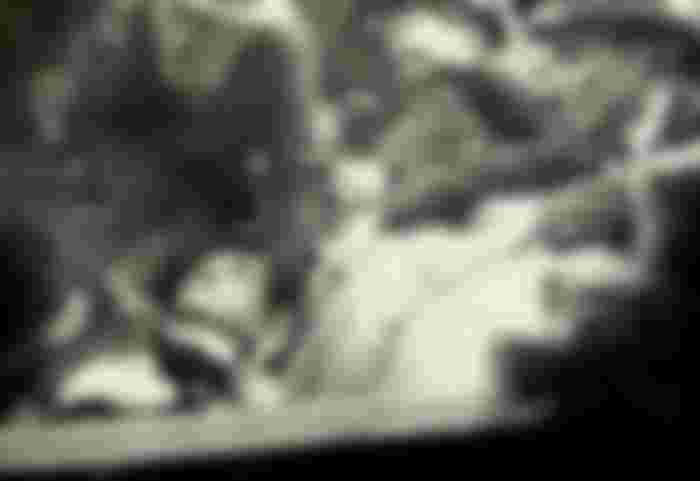
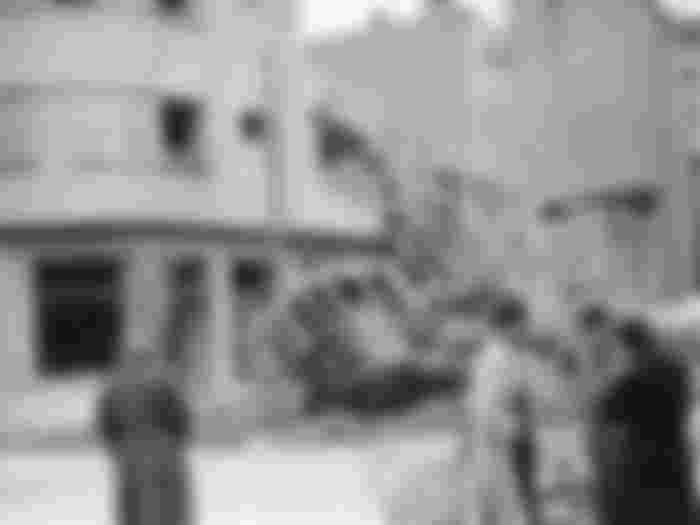

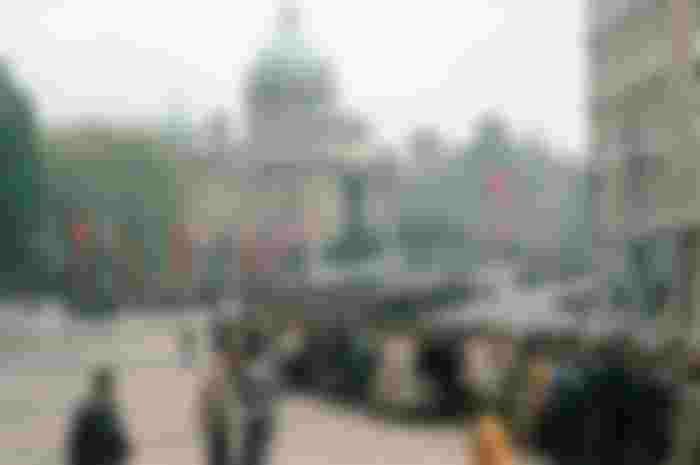
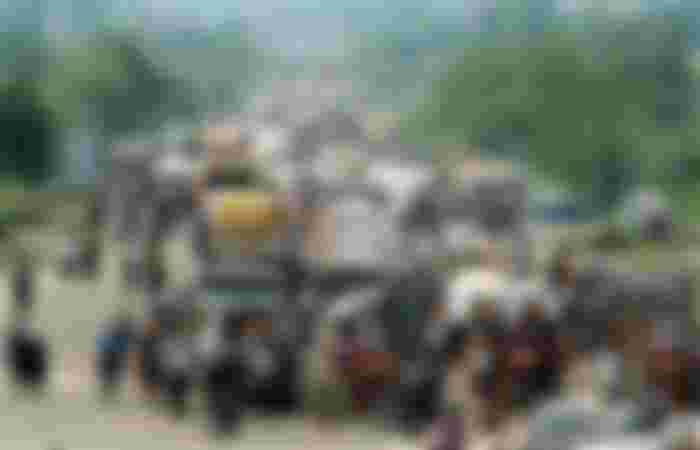
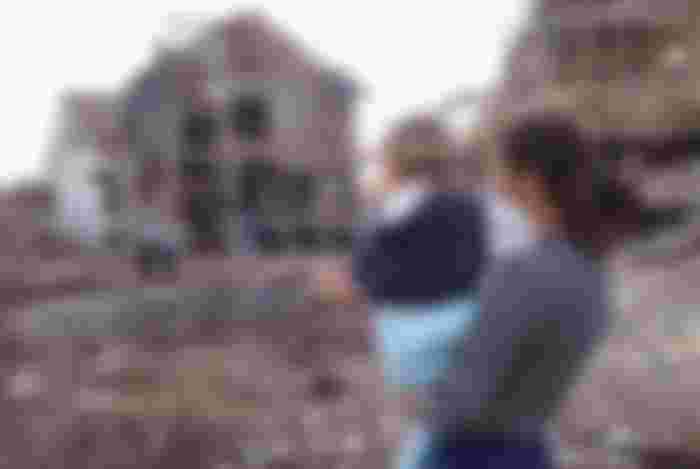
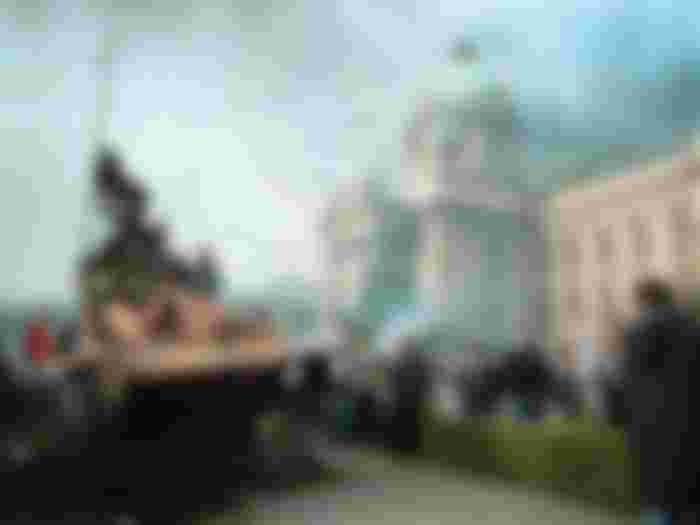
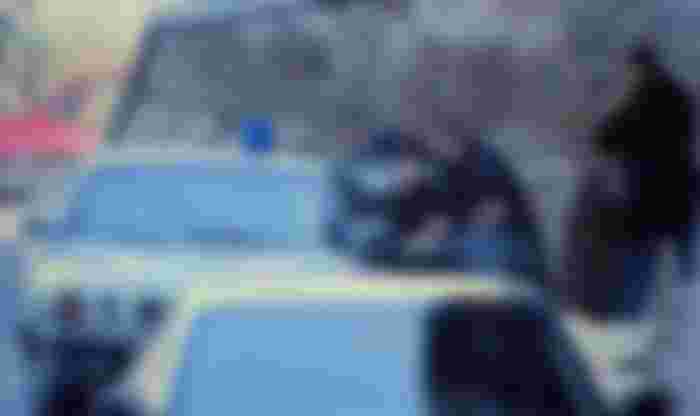
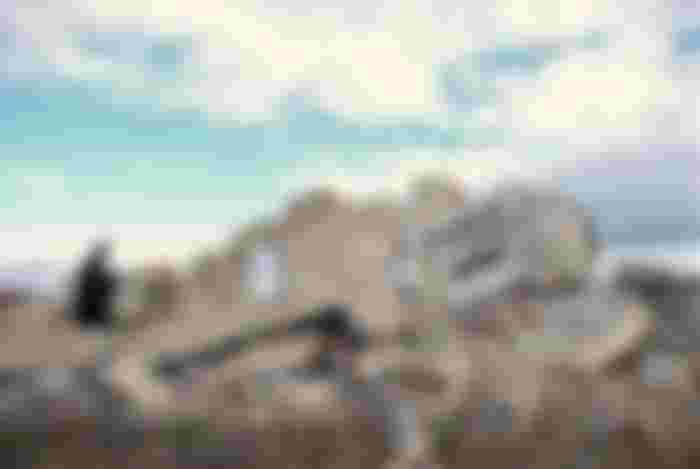
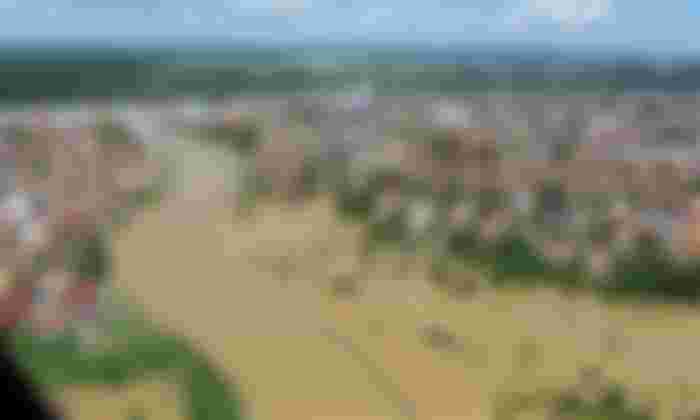

Ja naravno znam za sve ove dogadjaje i verujem da su bitni, neke od njih sam i dozivela ali nisam sigurna koliko ce mladje generacije neke od njih zapamtiti.